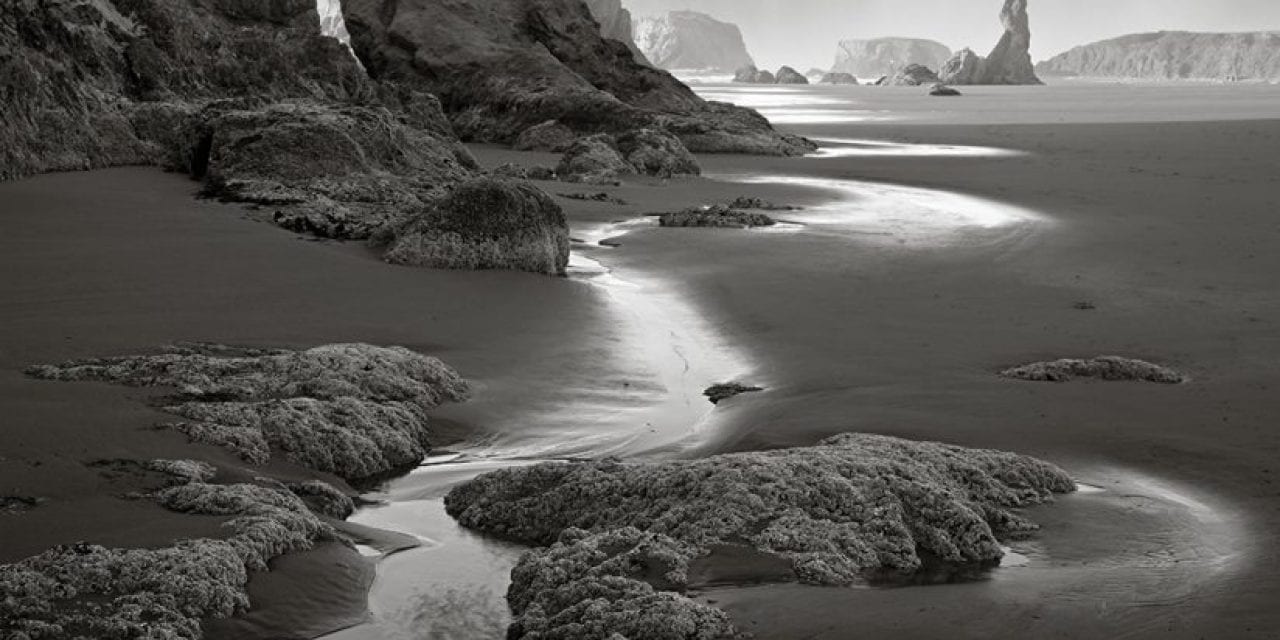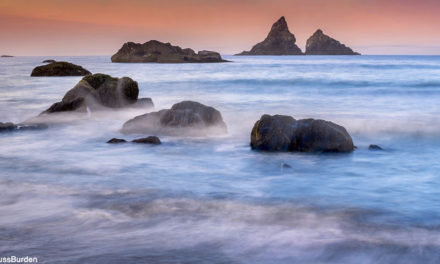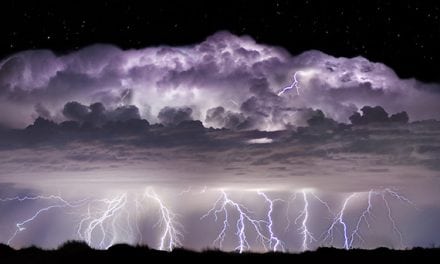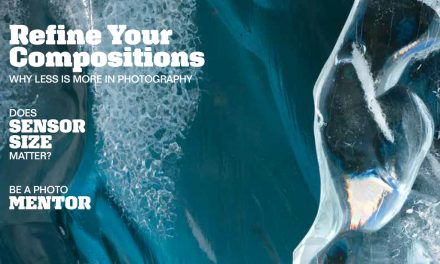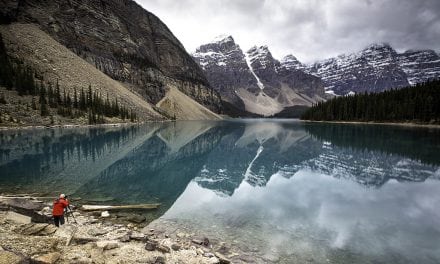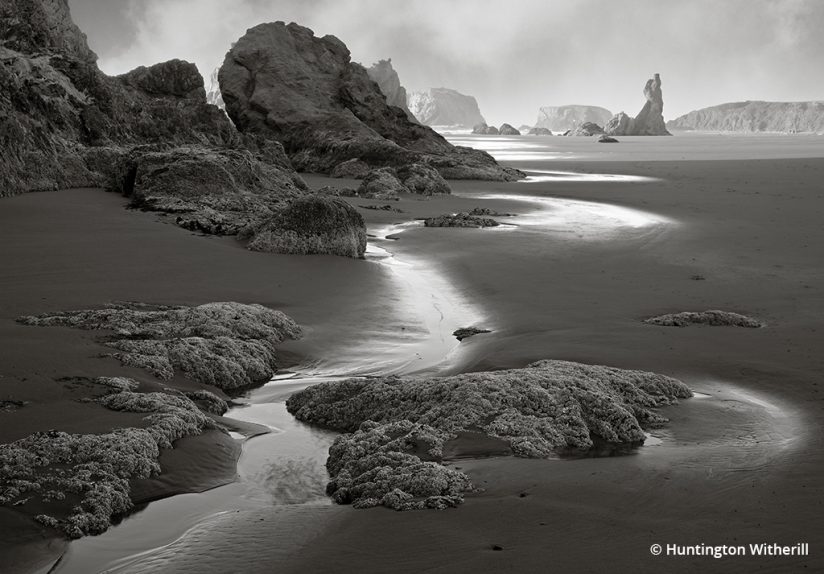
Owing to an inherently mechanical nature, a camera (be it film or digital) essentially produces raw images that, on their own, are rarely able to adequately communicate the enigmatic complexities and expressive nuances of a subsequently crafted fine art photograph. Post-camera image manipulation has always been a basic tenant of the photography process. And for me personally, a particularly illuminating and memorable demonstration of that reality helped to reinforce my basic understanding of, and approach to, the concept of photographic visualization.
Several years ago, through the generosity of my dear friend Kim Weston, I was afforded a rare opportunity to actually hold (in my own two hands while visually inspecting) an original 8- x 10-inch negative that his grandfather Edward Weston had produced. And, by the way, it was no ordinary negative that I held. It was the original negative from which prints of the legendary Pepper #30 (1930) were made! Upon viewing that negative—and to my surprise at the time—I asked Kim about what appeared to be a considerable amount of pencil scrawling on the emulsion side of the negative. He explained that Edward had often used very soft pencils (and a small light-table that remains in his darkroom to this day) in order to build density in chosen areas of some of his negatives, presumably for the purpose of increasing localized contrast. If I didn’t realize it at the time, soon thereafter I realized that what I’ve come to euphemistically refer to as “post-camera image management techniques” comprise not only a significant part of the overall photographic process but also, in many respects, the very essence of photography technique.

Given the history of the medium since its inception (circa 1820), have you ever wondered how many finished fine art photographs (those that might legitimately be considered as being worthy of exhibition in a public venue) have actually been produced from images that truly required no post-camera image manipulation of any kind? My guess would be that there are very few, if any. Even today, as I reflect back on all the prints that I have personally made over the years, I realize that not a single one of those prints could have been produced without some form of image manipulation. Simply put, post-camera image management techniques are a necessary and integral part of the overall photography process. Any serious photographer who tells you otherwise is pulling your leg.
The act of acquiring a secure foundation of photography technique and craft is an exercise in learning to translate and transform what the mind’s eye sees (and, also, what the camera is capable of seeing) into a finished visual record, be it a print or otherwise, which can then be communicated to an audience. As such, the process itself begins with the exercise of learning how to manipulate the camera so as to provide the most useful building blocks (the basic visual ingredients) from which the finished record can be subsequently crafted using a variety of tools and techniques other than those that the camera will be able to provide on its own.
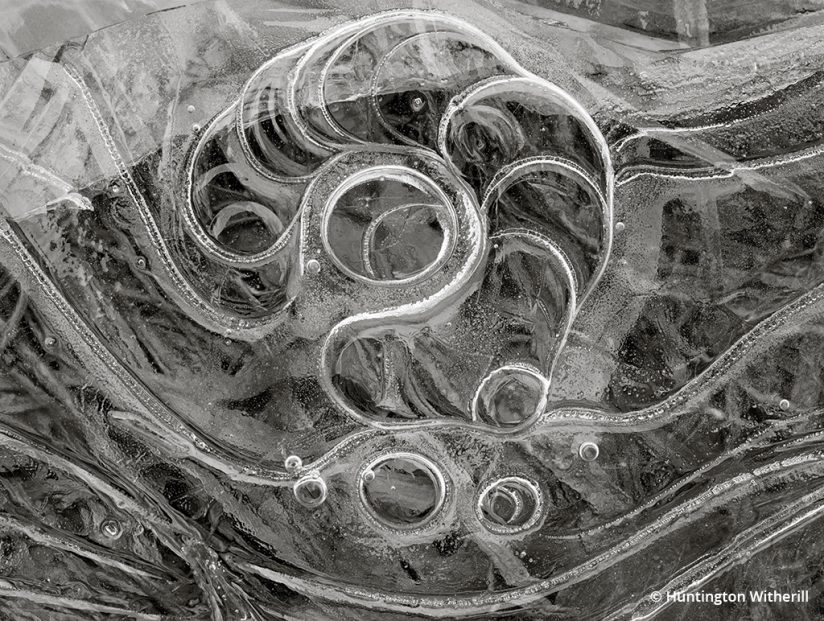
The carefully controlled translation and transformation—from picture to photograph—is where the rubber meets the road when it comes to the basic differences between a snapshot and a truly expressive photograph. That translation and transformation also form the basis of all photographic technique.
Without question, both craft and technique are important elements associated with any form of art. At the same time, a decisively delivered aesthetic communication (that being the core purpose of artistic expression) is of significantly greater importance than are the specific techniques used to craft the expression. Photography is a form of communication. When it comes to communication, what you have to say is, more often than not, considerably more important than how you say it. Ironically, though, how you say it can either contribute to or detract from (or even obliterate) the very aesthetic message you are attempting to deliver.
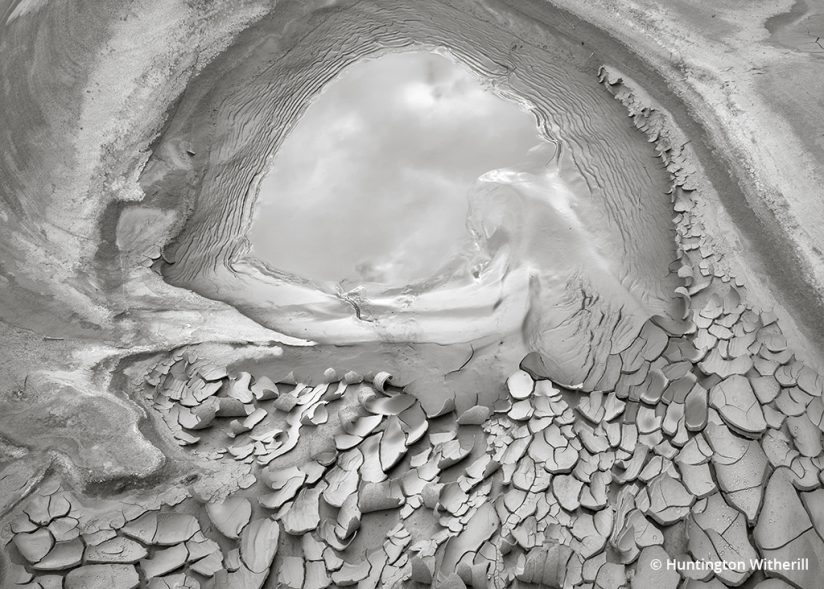
It would then seem that artistic expression in photography is really more of a balancing act between providing a sufficient level of craft and technique in order to communicate your aesthetic message in a reasonably understandable and digestible manner, while not simultaneously allowing that craft and technique to obscure the message itself. And here, I can’t help but observe that, for me personally, the words “understandable,” “digestible” and “contemporary photography” will often make little sense if used together within the same sentence (particularly when it comes to much of today’s curiously celebrated “contemporary photography”). But then…I digress.
Pete Seeger, the widely recognized and celebrated folk singer and songwriter, was once asked if he knew how to read music. His pithy response was: “Not enough to hurt my playing.” Seems that (for fans of his music) Seeger was able to maintain a good balance between mechanical technique and aesthetic communication.

With today’s digital approach to photography, most of the mechanical techniques have now become all but a given. Figuratively speaking, one doesn’t really need to be able to read music in order to compose a serviceable song. However, with music, as with photography, it still requires a great amount of imagination, dedicated purpose and prior practice before one is able to develop a decision-making process that might lead to the creation of art that will possess the potential to transcend the ordinary. And, regardless of what specific form of art you choose to consider, that inevitability will never change.
Of course, it used to be that the mechanical techniques associated with photography were not so easily acquired. Years of study and practice were often required before sufficient technical proficiency over the mechanics of the medium could be assured. Doubtless, Edward Weston spent a considerable amount of time developing and refining his own personal methods for retouching negatives. However, in today’s world, a lot of those mechanical techniques are now widely available and quite easily attained—so much so that technical mastery will be a foregone conclusion. The trick now (as it has undoubtedly always been) is in knowing, specifically, what it is that you want to say with your photograph and then being able to employ the appropriate techniques, in the appropriate circumstances and in the appropriate amounts, all in a manner sufficient to convey (while not detracting from) the aesthetic message you are attempting to communicate. That means that you really do need to know precisely what it is that you are trying to say through your photograph. Unfortunately, all the tools and techniques in the world, regardless of how easily they are acquired and mastered, will not, in and of themselves, assure any sort of success. It’s still all about the decision-making process.
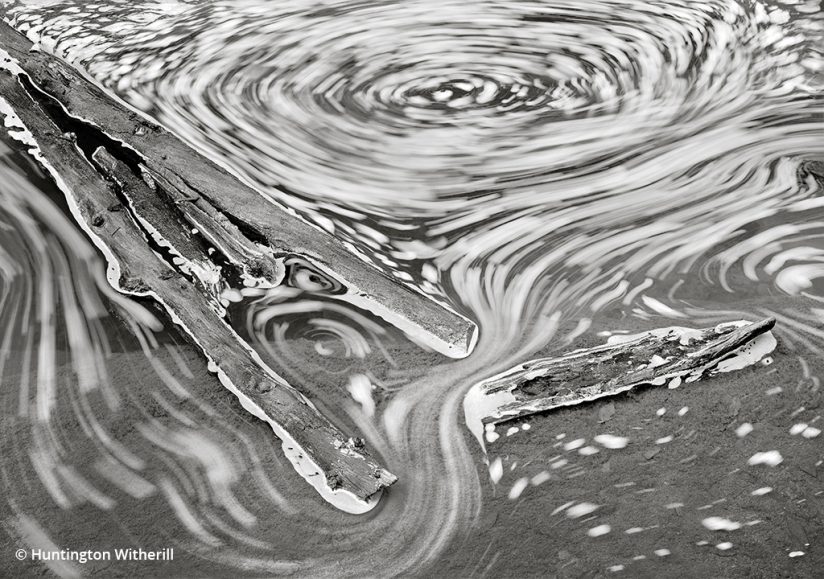
I’m a really lousy cook. (Trust me, you don’t ever want to consume a meal that I’ve prepared.) At the same time, I remain cognizant of the fact that being an accomplished cook has little if anything to do with the likelihood that the ingredients used in the preparation of a gourmet meal are easily procured at the local supermarket. It’s not the fact that one has (or does not have) unfettered access to a lot of easily acquired tools and techniques that yields fine art. It’s a matter of what one actually does with those tools and techniques that makes the difference.
See more of Huntington Witherill’s work at huntingtonwitherill.com.
The post Beyond The Camera appeared first on Outdoor Photographer.

